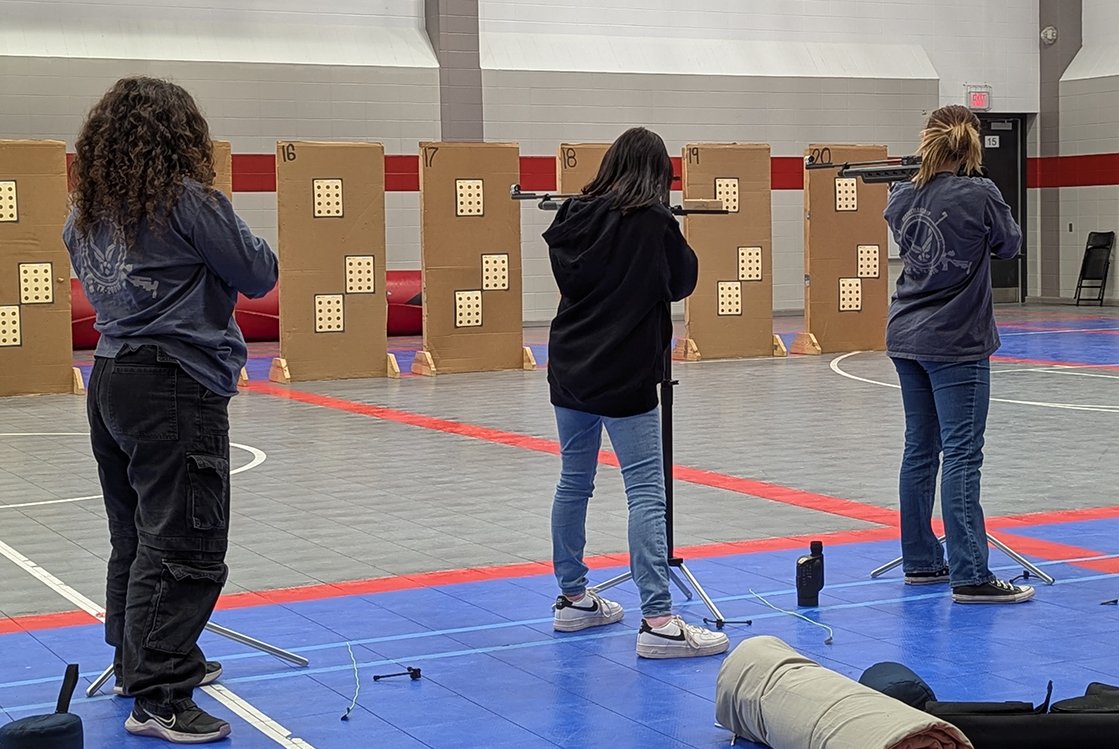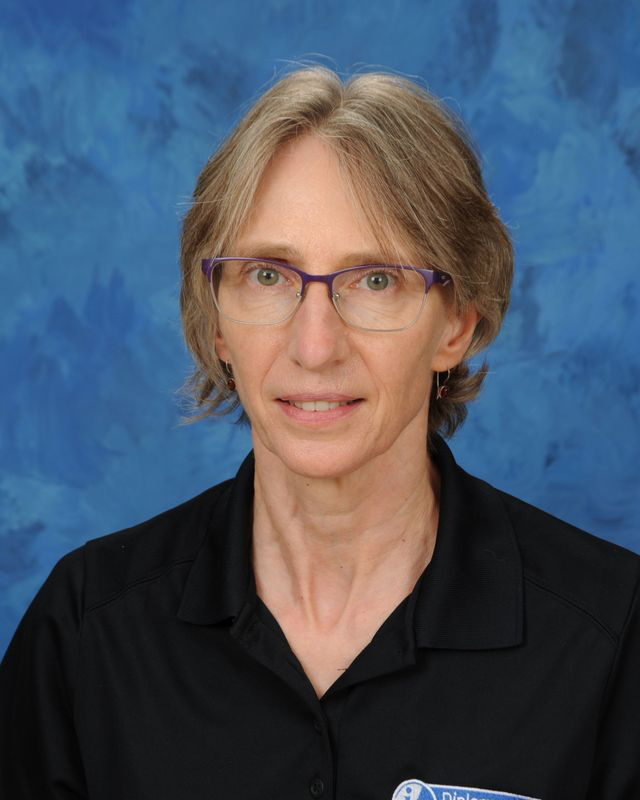Renee Richards, art and IB film teacher, assists students in developing their artistic skills through her unique approach to teaching. The desire to educate is not a learned skill for Richards, as she says she’s felt the desire to teach for a very long time.
“I have two little sisters, Tina and Annette. We were stair-stepped one year apart… and whatever homework I had at night, they would do it as soon as I finished, so teaching them was always fun,” Richards said. “Learning is just something that’s enjoyable, and what good is something if you can’t pass it on to someone else?”
Richards sums up her guiding philosophy as an educator in one word – actualization.
“My educational philosophy is focused on what’s important to students, what’s going to light up their future whether it’s something they do on the side for enjoyment or something that they make – it’s actualization,” Richards said. “When students can realize what they can do, it’s powerful.”
Her principles of education transcend the practice of art, serving as a guideline for all students who wish to know what they can become.
“Whether a student is an antagonist or a protagonist they question everything and that’s kind of a fun thing to see student’s feel; finding who they are and what they want to be,” Richards said.
Once a student begins to learn the process of creating art, Richards steps back and allows them the creative space to think on their own.
“I can have input and I can make suggestions, but it’s theirs; they own it by that point,” Richards said. “They’ve learned their technique, they have an emerging style, and hopefully by their senior year, their style is there and it’s not my work anymore.”
Senior Shirley Horton said the most important thing she learned in class is maintaining self discipline, both in art and in other areas of life.
“I learned how to pace myself without being told by others what to do,” Horton said. “Pacing is important in a work environment to meet deadlines and learning that in art has helped me move that skill to other areas.”
Richards provides a flexible environment for her students to expand, which is a very important quality for an art teacher.
Despite the fact that many students have a negative view of how difficult it may be to create art, Richards ultimately believes it’s a good thing to struggle..
“I know it sounds funny, but frustration is a wonderful thing in art.” Richards said. “When students get frustrated they have to come up with better solutions, so that’s what I want”, Richards said. “Students are doing stuff that’s exceeding second year and third year college.”
Sometimes students also struggle with the basic principles and elements of art in mind.
“Students may hate me when I’m teaching them technique because it’s tedious and it’s time consuming.” Richards said. “It’s getting it right, but what they do is after they learn it, that’s the exciting part. With art it’s the elements and principles that can make what you’re imagining possible.”
For Mrs. Richards, teaching is a skill acquired through understanding her students and the subject of art itself. For her, it’s the students that keep her coming back.
“It’s not just teaching day-to-day, it’s seeing students run with it, seeing them do more than expected,” Richards said. “That’s the best thing.”





